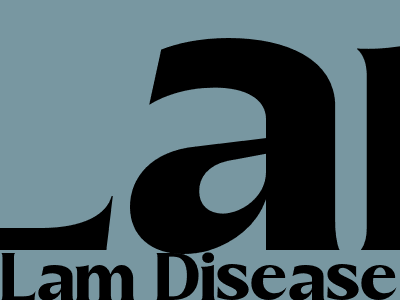
Lam Disease
Lam Disease: A Comprehensive Guide to Its Causes, Symptoms, and Treatment
What is Lam Disease?
Lam disease is a rare genetic disorder characterized by an inability to produce or utilize certain proteins called glycoproteins. These glycoproteins are essential for the proper function of the immune system, and their absence or deficiency leads to a compromised immune response. The disease was first described in 1993 and is named after the patient in whom it was initially identified.
Causes of Lam Disease
Lam disease is caused by mutations in the gene that encodes the enzyme LAMP-1. This enzyme is responsible for the proper glycosylation of proteins, a process necessary for their stability and function. Mutations in the LAMP-1 gene result in the production of a non-functional or deficient enzyme, leading to a reduced or complete loss of glycoprotein production.
Symptoms of Lam Disease
The clinical presentation of Lam disease can vary depending on the severity of the genetic mutation. Common symptoms include: - Recurrent respiratory infections (e.g., bronchitis, pneumonia) - Impaired growth and development - Skin and mouth infections - Autoimmune disorders - Central nervous system problems (e.g., seizures, developmental delay) - Liver and kidney disease
Diagnosis of Lam Disease
The diagnosis of Lam disease involves a combination of clinical evaluation and laboratory testing. Specific laboratory tests used to confirm the diagnosis include: - Genetic testing to identify mutations in the LAMP-1 gene - Enzyme analysis to measure LAMP-1 activity levels - Immunological tests to assess immune function and glycoprotein levels
Treatment of Lam Disease
Currently, there is no cure for Lam disease. However, treatment options aim to manage the symptoms and improve the overall quality of life for patients. These treatments may include: - Antibiotics to treat infections - Immunoglobulin replacement therapy to boost immune function - Enzyme replacement therapy to provide the missing or deficient LAMP-1 enzyme - Supportive care, such as nutritional support and physical therapy
Conclusion
Lam disease is a complex genetic disorder with a wide range of symptoms and severity. Early diagnosis and prompt medical intervention are essential for managing the symptoms and improving the prognosis for patients. Ongoing research is focused on developing new and more effective treatment strategies to improve the lives of individuals affected by Lam disease.
Comments